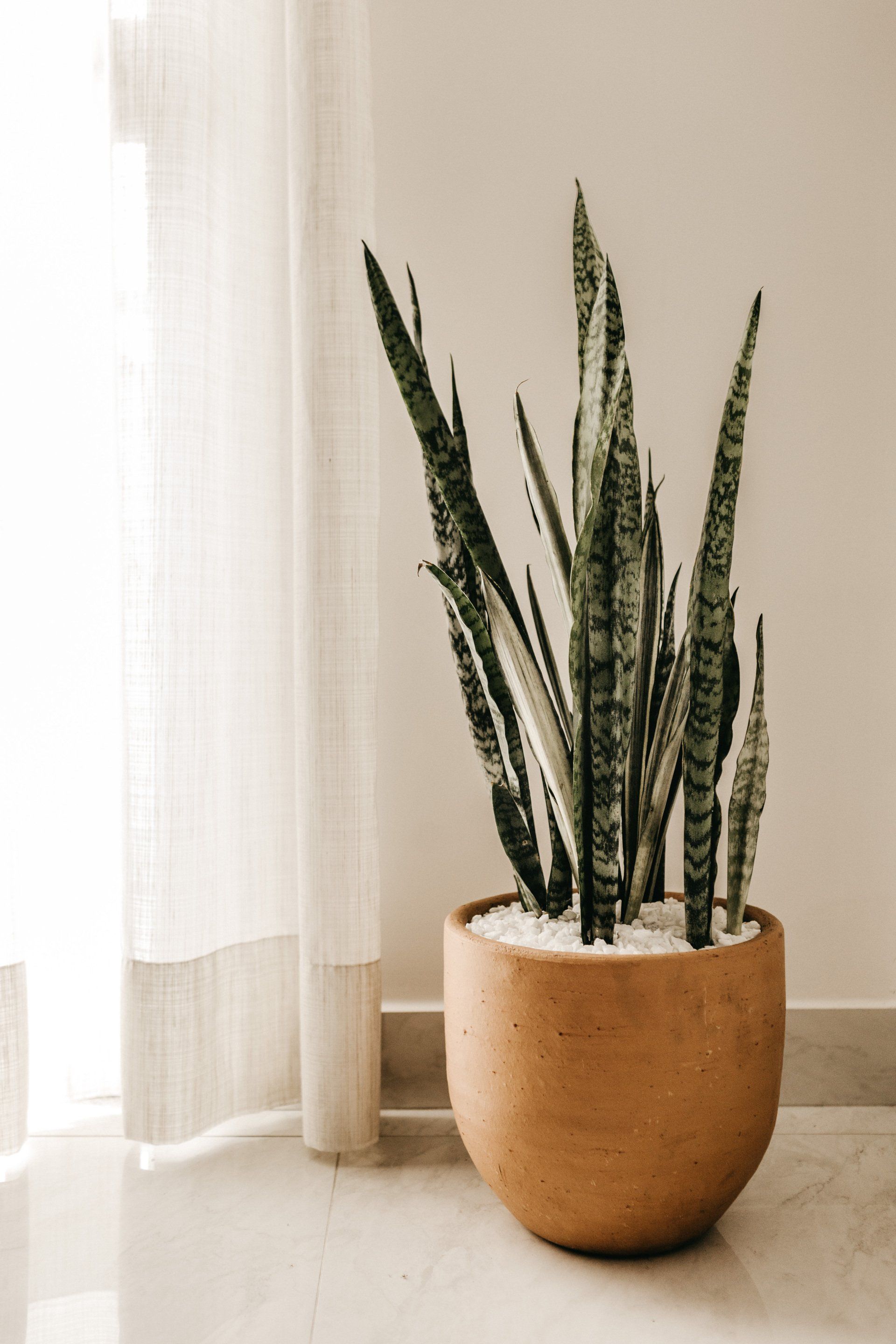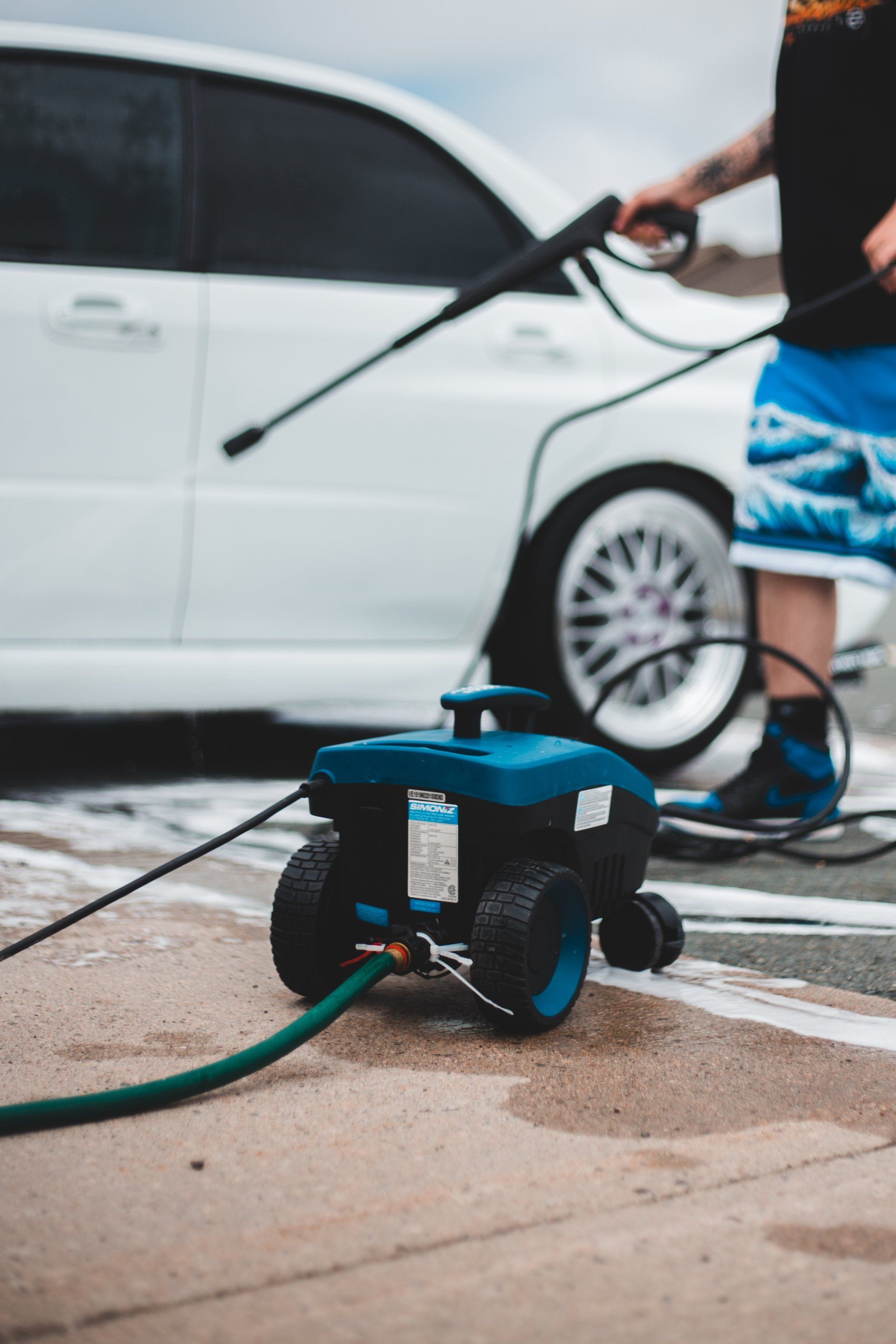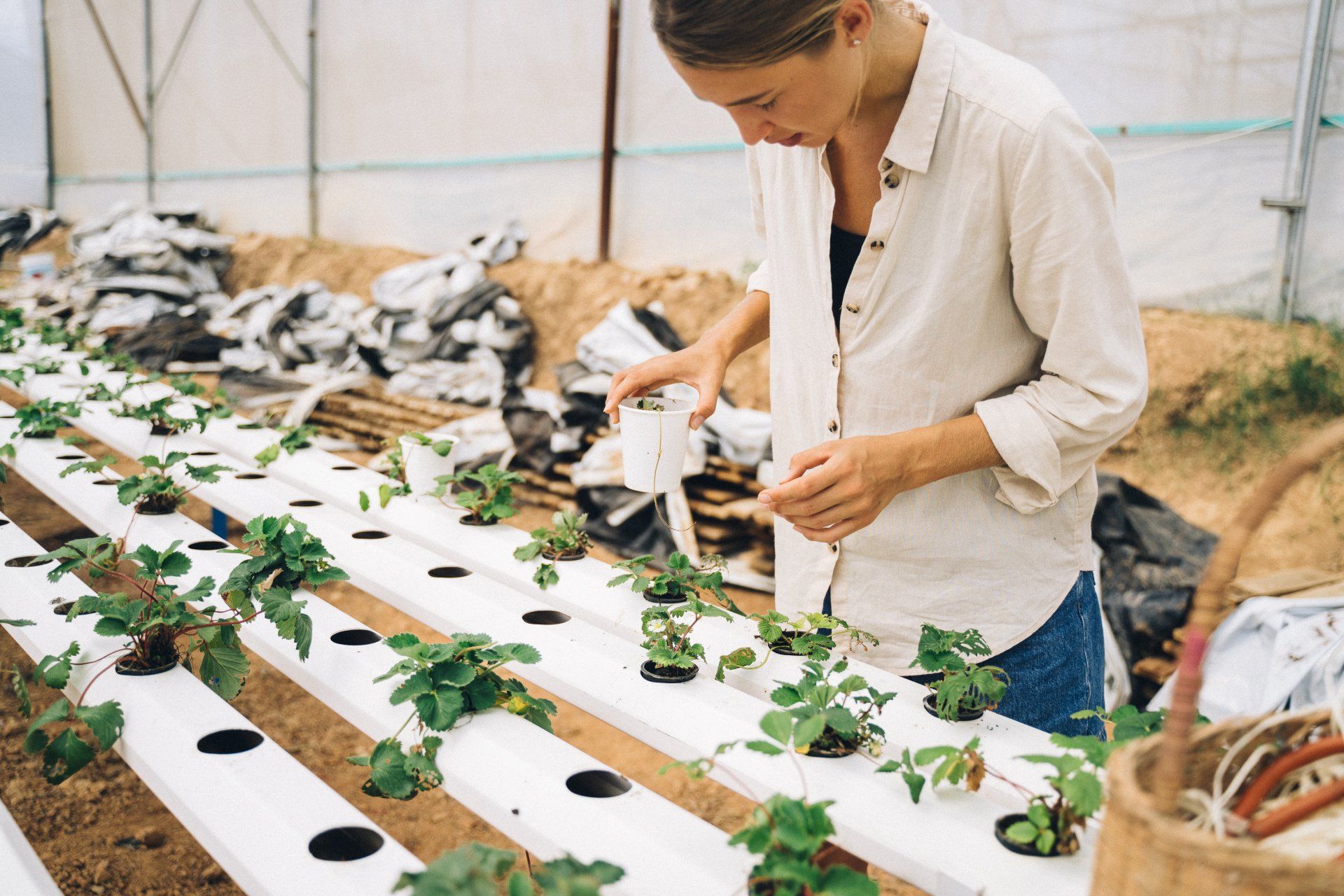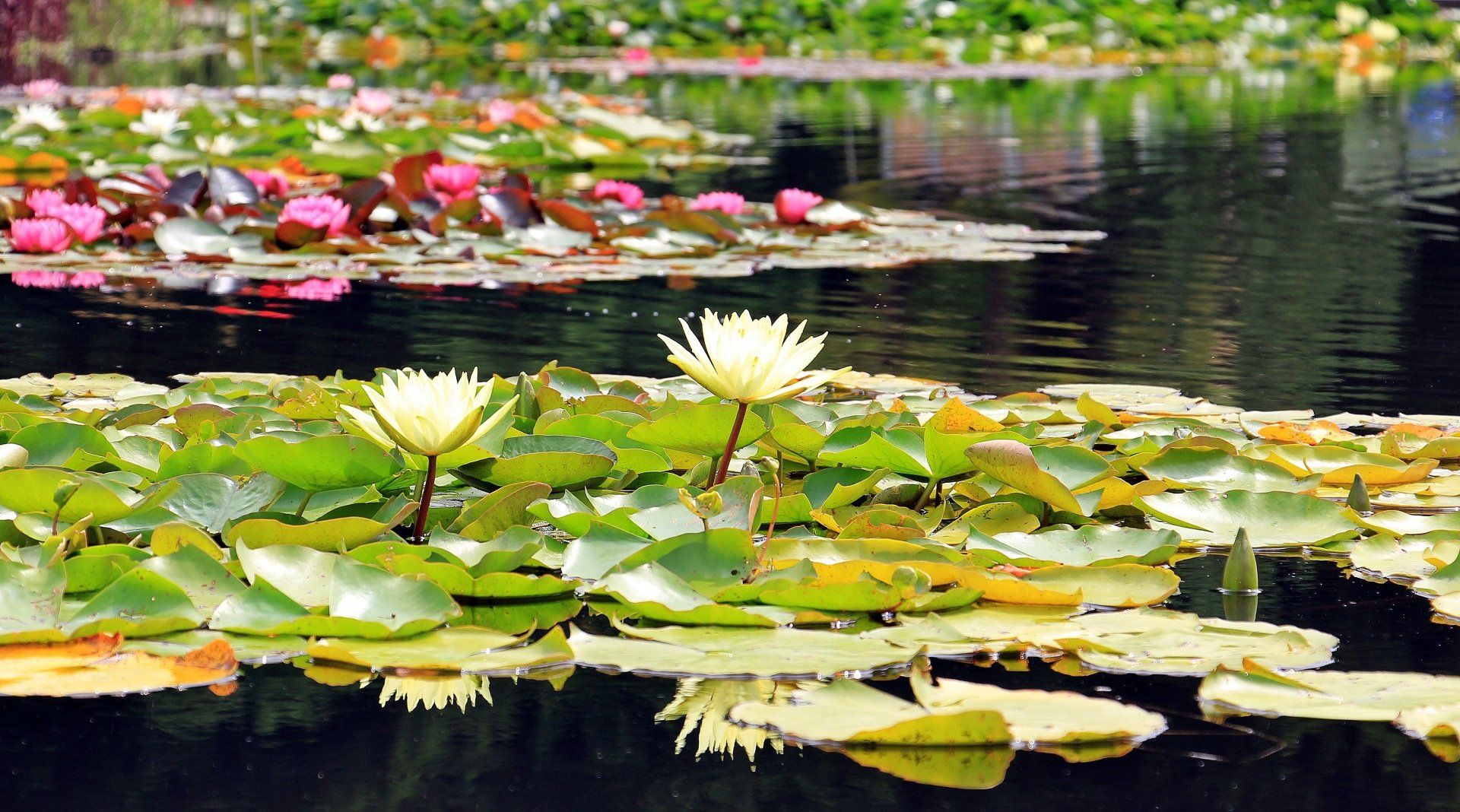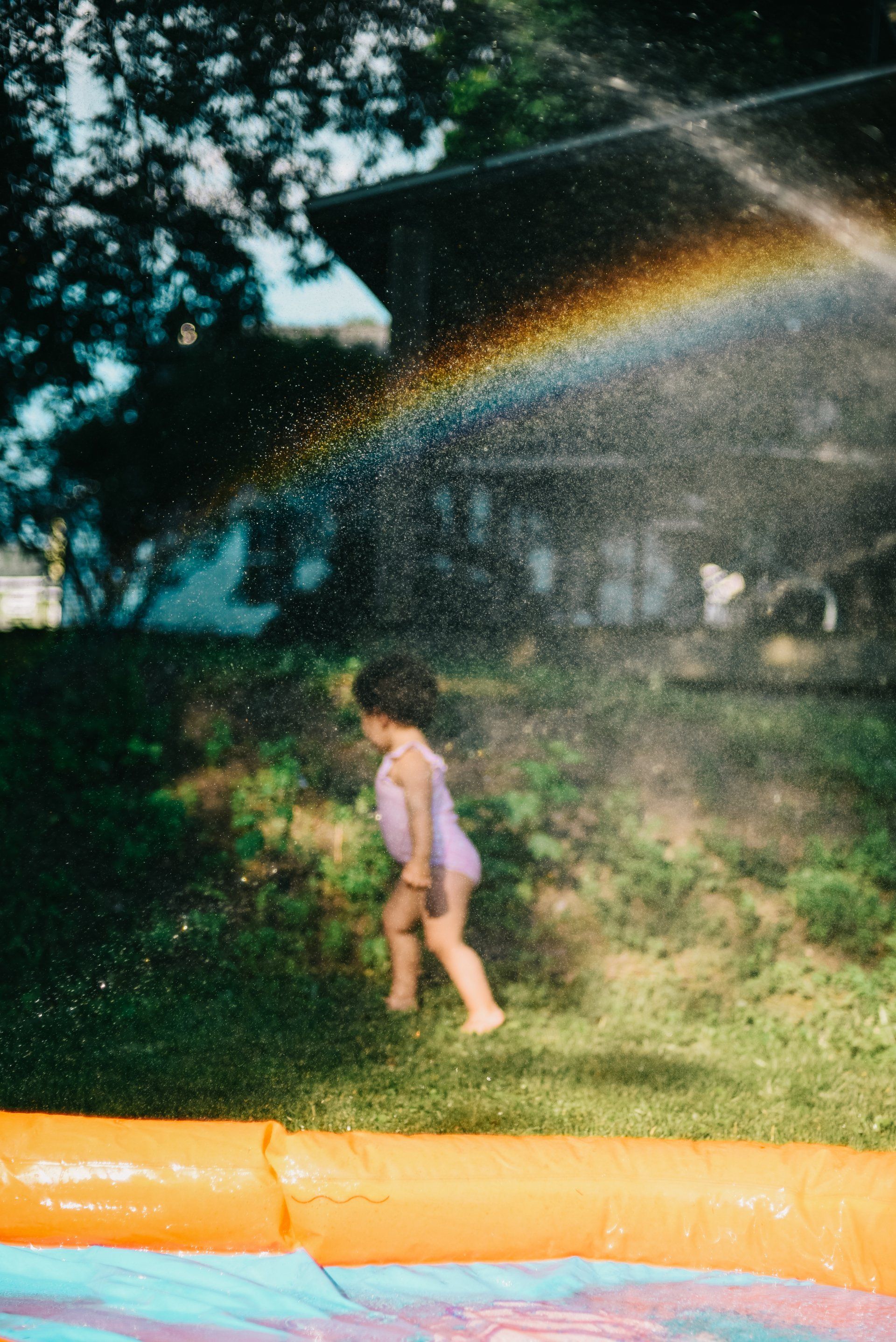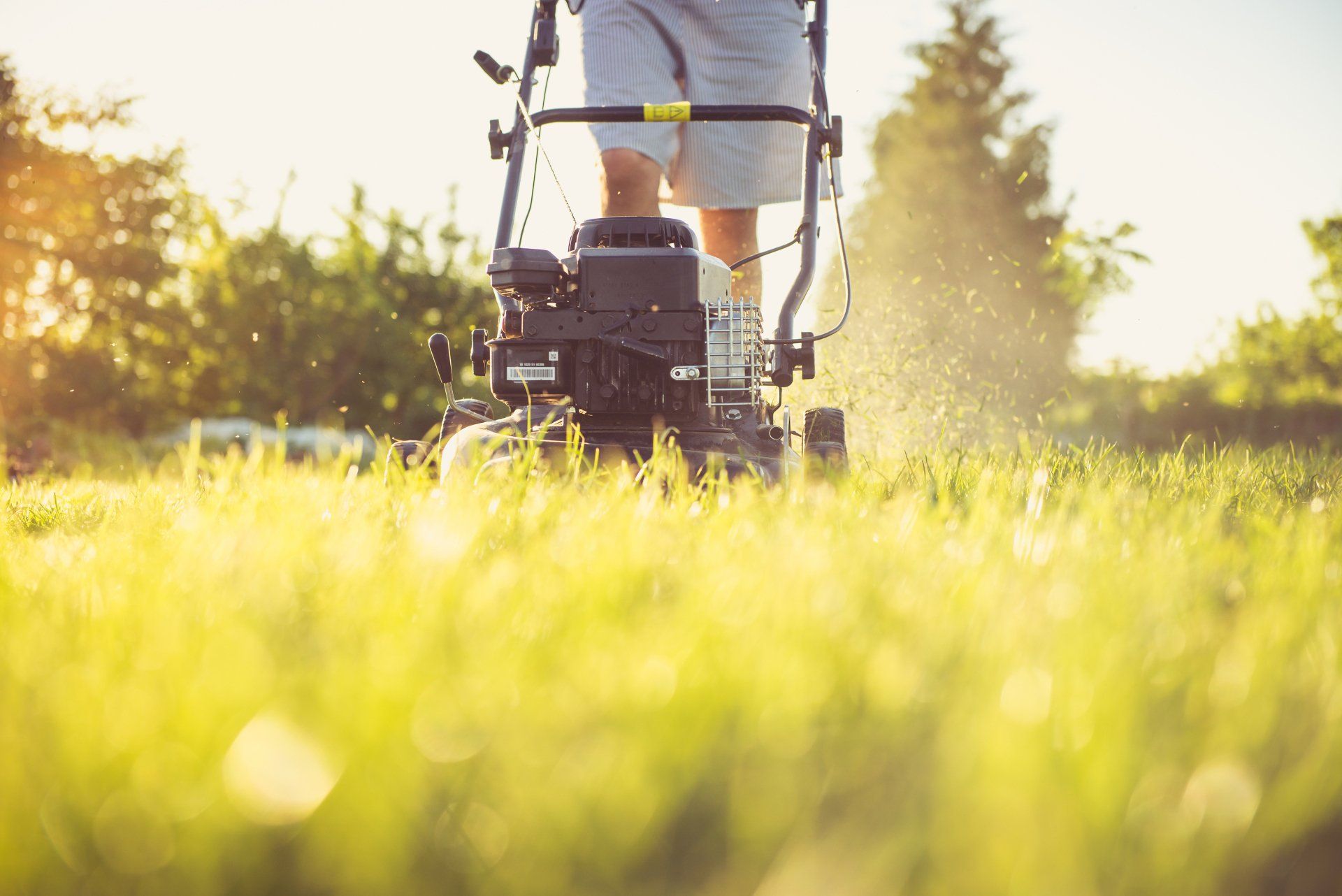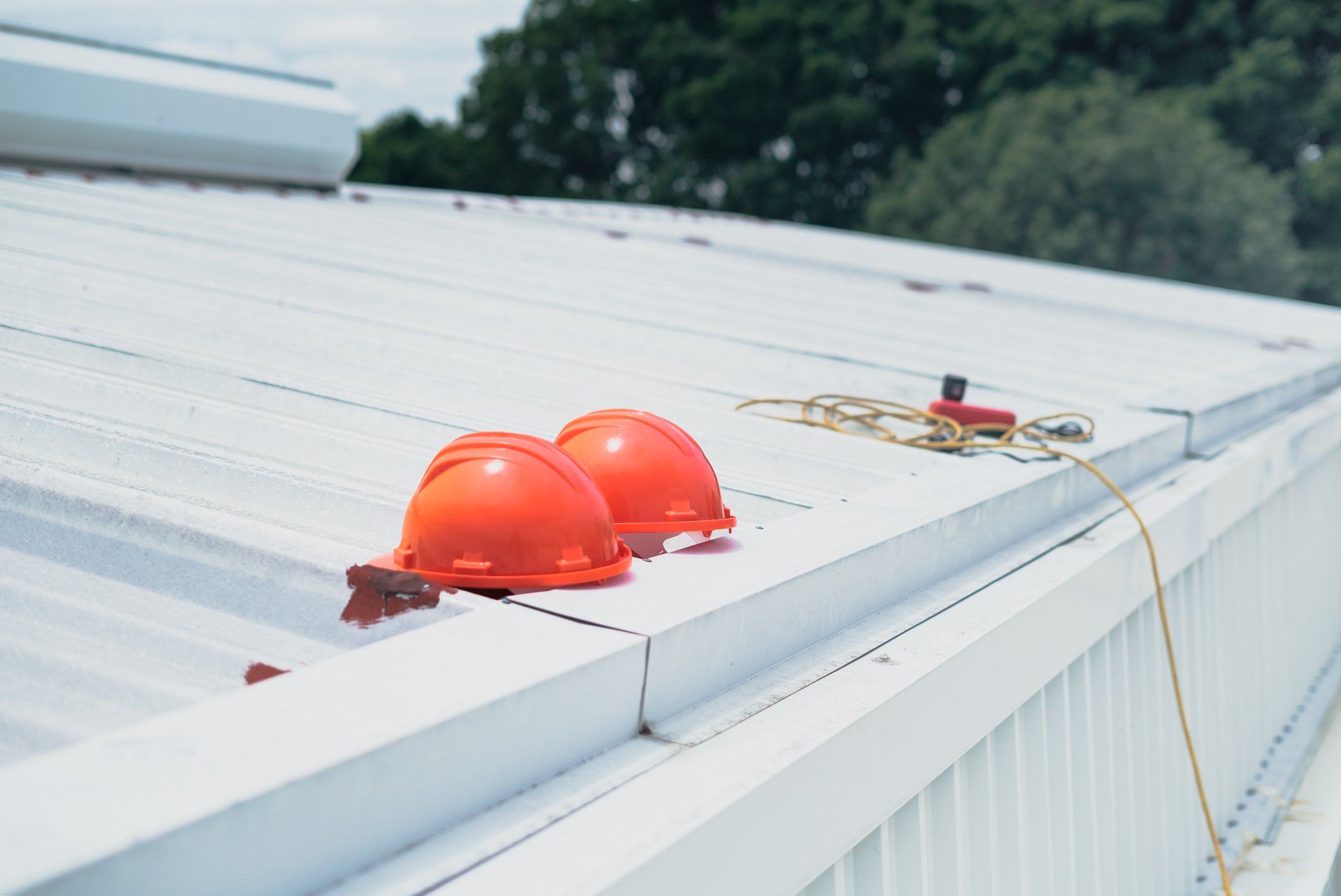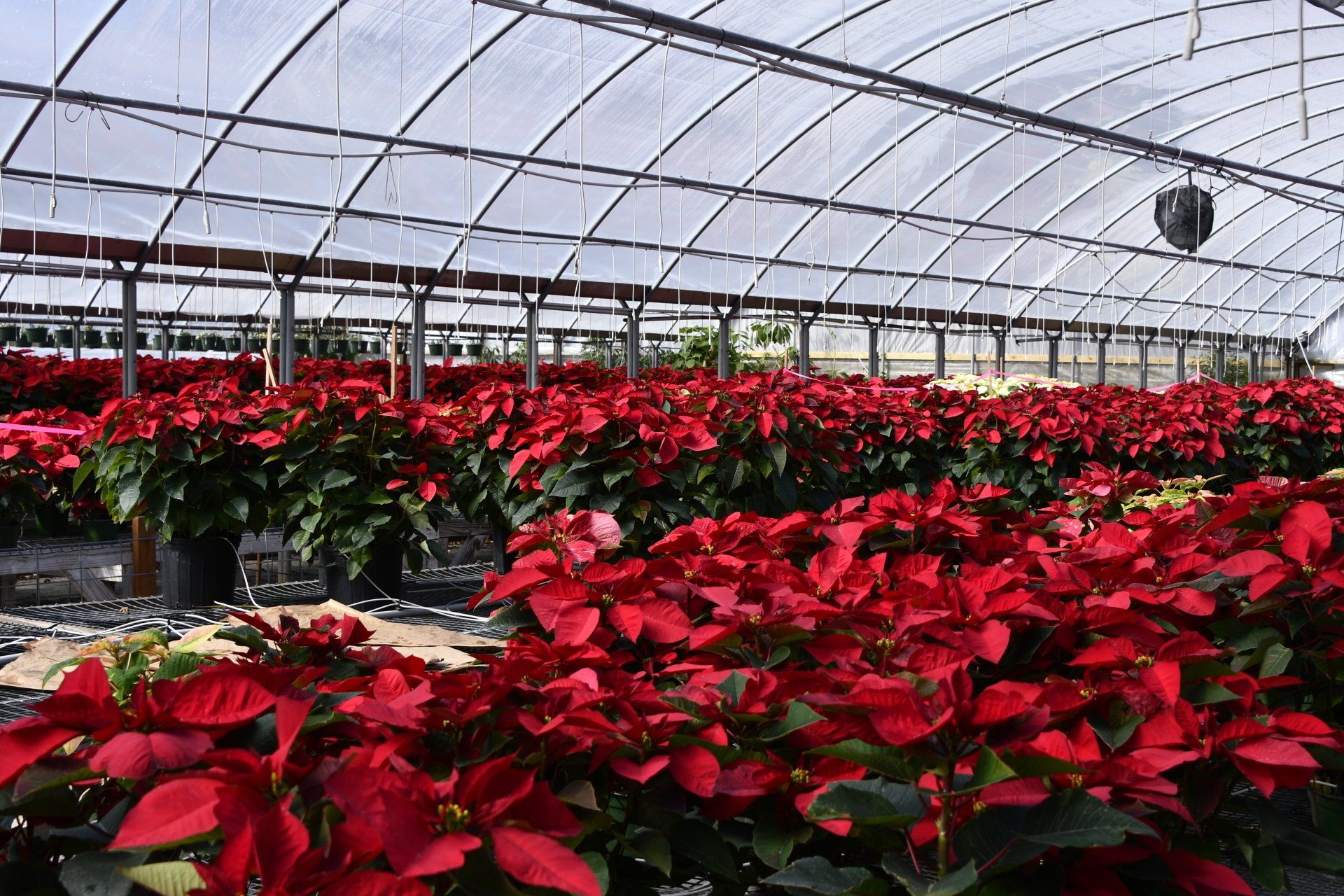Fruit-Bearing Trees to Plant in Your Location
Fruit-Bearing Trees to Plant in Your Location
If you're seeking to add interest to your backyard by planting ornamental trees, wish to contribute to the environment, or always want to have an orchard of your own, the key to success is selecting the best fruit-producing tree that is suitable for your climate. For those who live in the Northern regions of the United States, there are numerous cold-climate fruit trees that you can choose from. We are happy to present a list of the most popular ones, along with some suggestions and tips for good growth.
Cold Hardy Fruit Trees
The United States is divided into multiple zones of hardiness, which can be used to determine what kinds of plants are the most likely to thrive in a specific region. The states in the northeastern region fall within zones 3 and 6, and there are a variety of species of the following that could be suitable for growing in colder climates. This includes
Apples
Apples are the most popular variety of fruit trees in northern climates because they are the most robust and can withstand extreme temperatures. Due to the shortening of the growing season, you'll have to select a variety that will mature before the first frost. Choices that include are the following:
- McIntosh
- Cortland
- Red and Gold Delicious
- Honeycrisp
- Regent
- Gala
Plums
The most well-known stone fruit is grown across the United States, with several varieties that can be grown in zone three or four. The two varieties most commonly planted are:
- Japanese plums ripen from late July to September. The fruit can vary in color between yellow and purple with a slight sour flavor.
- European plums ripened just a few weeks earlier in comparison to the Japanese variety, and the plum is considerably sweeter.
Pears
There are a variety of European pears that are able to thrive in cold climates with the toughest kinds, including Flemish Beauty, Luscious, Parker, and Patten. The Kieffer and Oriental fruit plums thrive in the southern and northern climates.
Growing Tips
Fruit trees require at least eight hours of direct sunlight per day to grow and become productive. Before investing, make sure that you choose the right place for the tree to be planted that is free of the shade of other trees or buildings or where its height could be restricted through overhead lines and other structures. Some additional tips are:
Go to a nursery in your area and purchase trees that flourish in your local area.
In northern climates, springtime is the best time to plant.
Create the hole and then amend your soil before arriving to speed up the process of planting.
Fruit trees vary in size from
- Dwarfs - Can grow up to ten feet tall. They are also less to produce fruits.
- Semi-dwarfs - Can grow up to 15 feet in height and will be more productive than dwarfs.
- Standard - Most productive and can grow to 20 feet or more.
Unless the tree is believed to be self-pollinating, you will require two varieties that can pollinate and grow fruit.
The soil that is well-drained and fertile is the best.
Opt for varieties that are resistant to disease in order to minimize the amount of spraying.
